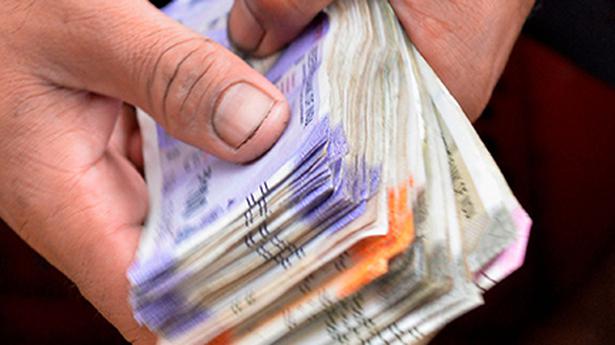Yes Securities cites faster U.S. inflation to contend ‘worst for the rupee is behind us’
Yes Securities cites faster U.S. inflation to contend ‘worst for the rupee is behind us’
The inflation rate differentials between the U.S. and India suggest that the worst of the rupee’s decline may be over, an analyst at Yes Securities said on Friday.
The rupee has depreciated more than 7% against the dollar this year on aggressive monetary tightening by the Federal Reserve to quell inflation.
The local currency had touched a record low of 80.12 against the dollar earlier this week, before the Reserve Bank of India (RBI) intervened to arrest its decline, traders said.
Consumer inflation in the U.S. is running at 8.5%, more than four times the Fed’s medium-term target. Meanwhile, retail inflation in India was at 6.7% in July, above the RBI’s tolerance band of 2-6%.
“While there are a number of variables that influence currency moves, when looked at through the prism of the inflation differentials, it seems that the worst for the rupee is behind us,” Hitesh Jain, senior vice president at Yes Securities, said.
“The inflation differential has turned topsy-turvy this year, with price pressure in the U.S. of a higher magnitude than in India,” Mr. Jain said.
“This trend is projected to sustain for the next 12 months, which effectively places rupee in a comfortable situation,” he said, adding that historical data showed inflation differentials tend to have a strong correlation with currency trajectory.
India’s stable economic growth and resumption of portfolio inflows into financial markets could further support the rupee, Mr. Jain said.
Foreign investors have poured in about $6 billion into Indian equities this month, the biggest inflow since Dec 2020. This compares to the almost $28 billion of outflows in the first six months of 2022.
On the debt side, overseas investors turned net buyers for the first time this year in August.



